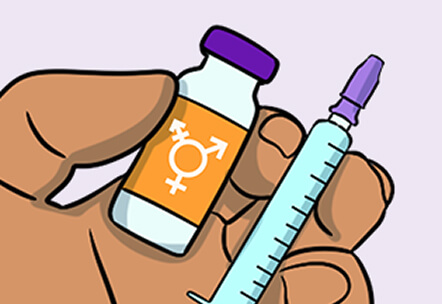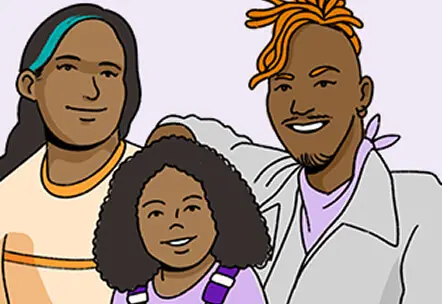
Trans Fact or Fiction?: Bathroom Bans Keep Us Safe
Do bathroom bans keep people safe? No. The claim that banning trans people from public restrooms keeps others safe is not based on fact. It is rooted in transphobia and fear, not evidence. The truth is, these laws don’t make anyone safer. Instead, they increase harm, create confusion, and put













